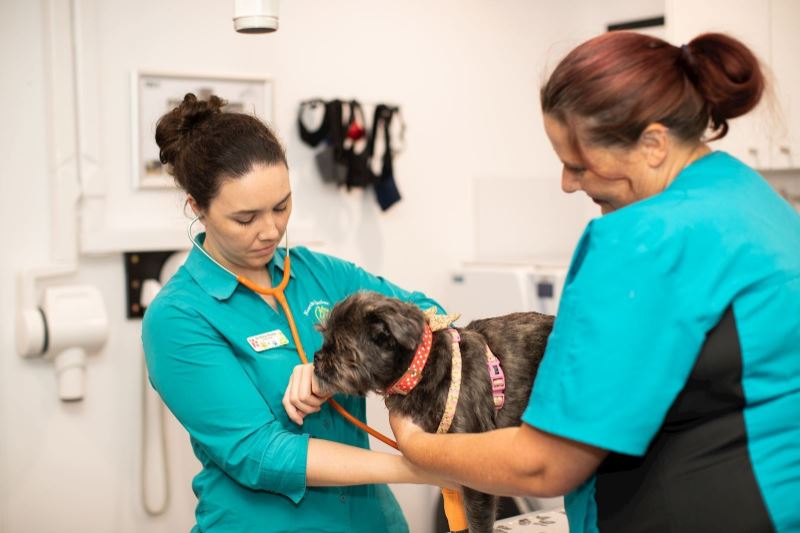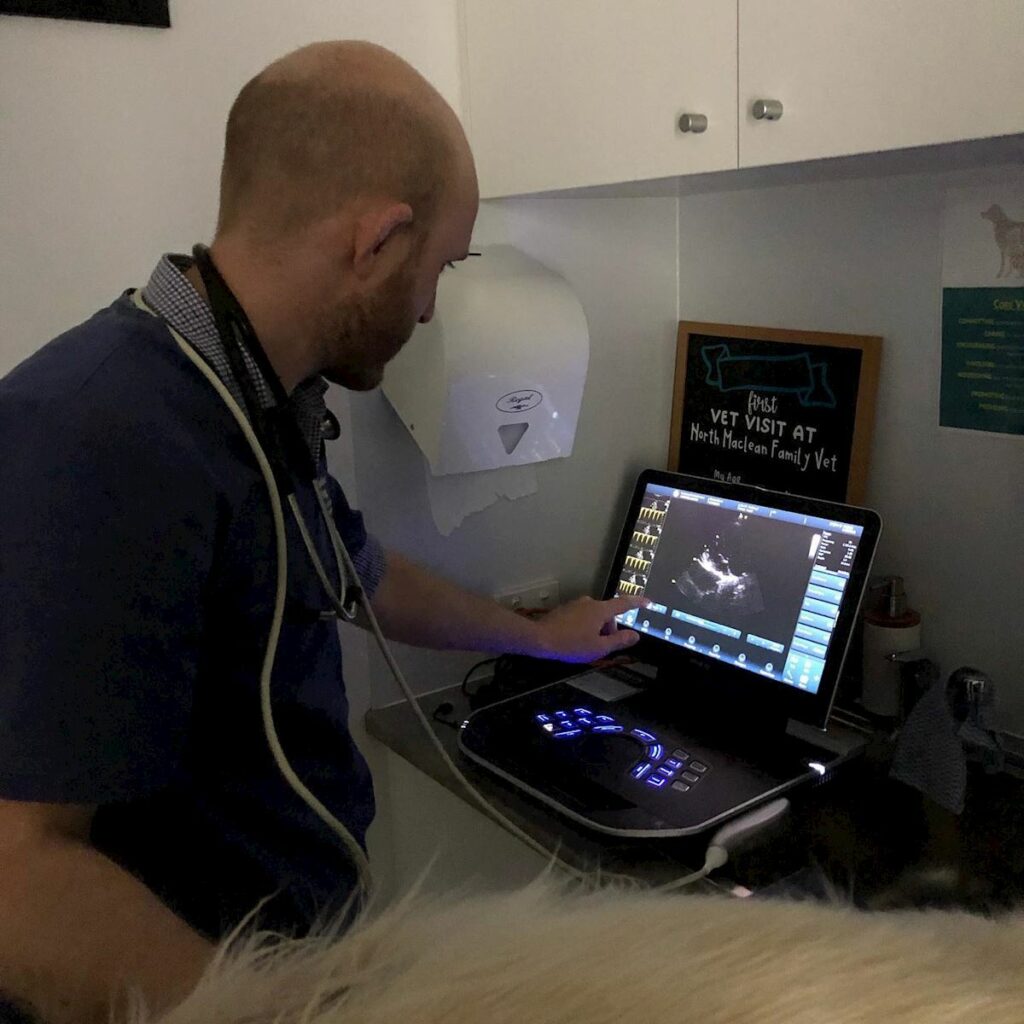Client Resources
Heart Disease

The heart has four chambers; two on the left side and two on the right side. Blood enters the heart from the body into the right atrium, is pushed into the right ventricle, and is then pumped to the lungs to be oxygenated. Blood returns from the lungs back to the heart into the left atrium, is pushed into the left ventricle, and is then pumped to the rest of the body to supply oxygen and nutrients to all tissues, and the cycle continues. Each chamber of the heart is separated by small leaflets of tissue that form valves. These valves control the direction of blood flow, closing after each muscle contraction, ensuring that blood doesn’t flow backwards through the chambers and vessels.

The heart has four chambers; two on the left side and two on the right side. Blood enters the heart from the body into the right atrium, is pushed into the right ventricle, and is then pumped to the lungs to be oxygenated. Blood returns from the lungs back to the heart into the left atrium, is pushed into the left ventricle, and is then pumped to the rest of the body to supply oxygen and nutrients to all tissues, and the cycle continues. Each chamber of the heart is separated by small leaflets of tissue that form valves. These valves control the direction of blood flow, closing after each muscle contraction, ensuring that blood doesn’t flow backwards through the chambers and vessels.
The mitral valve separates the left atrium of the heart from the left ventricle of the heart. Mitral valve disease is common in many breeds of dog, but can occur in any dog of any breed. Common breeds affected are spaniel breeds, terrier breeds, Maltese, Chihuahua, and many others. Mitral valve disease (MVD) describes any change in function or structure of the mitral valve that affects its ability to seal properly between each heartbeat. If the valve is abnormal, blood may flow back in the wrong direction, causing turbulent blood flow and increased pressure in the atrium. Over time, the increase in pressure causes structural changes to the heart, the heart can struggle to contract effectively and pump blood efficiently, leading to congestive heart failure.

Initially, there may be no obvious signs observed at home. A heart murmur may be detected during a physical examination by your vet. Heart murmurs are graded according to severity from 1-6, with 6 being the worst. Clinical signs are really only seen once congestive heart failure has developed. It’s important to remember that Heart Disease and Heart Failure are very different. Heart Disease is the progressive disorder that can be present for years and change slowly. Heart Failure is the end-stage disease.

Diagnosis is based on the presence of a heart murmur during examination, clinical history, chest x-rays and cardiac ultrasound. Chest x-rays are used to assess the size and shape of the heart silhouette. Ultrasound is able to show the structure and function of the heart muscle and valves while it is moving. Ultrasound allows assessment of how well the heart muscle is contracting, as well as how well the valves close with each beat.
Generally speaking, cardiac ultrasound is best performed by a cardiologist. We can arrange for a Veterinary Cardiologist to visit our clinic to perform cardiac ultrasound for your pet. The cardiologist may also recommend an electrocardiogram (ECG) to assess the electrical function of your pet’s heart. X-rays can be performed easily in our clinic.
These diagnostic tools help us determine the type of heart disease affecting your pet. If MVD is confirmed, then it is “staged” to indicate severity. Stages A, B1 and B2 are considered
asymptomatic. Stage C is when congestive heart failure begins to cause clinical signs. Stage D is end-stage congestive heart failure.
Unfortunately, Heart Disease is not something that can be cured. But with appropriate management, we can help give them a long and comfortable life. There have been a lot of improvements and discoveries in how we can best manage Heart Disease in dogs and cats.
If a heart murmur is detected, chest x-rays or cardiac ultrasound has been performed, and a diagnosis of MVD has been determined, then we recommend starting heart medications. This may seem strange when your pet appears otherwise normal, and medications won’t cause obvious and noticeable changes. But medications are very important in slowing the progression of the disease, even if you can’t see any changes from the outside. Recent studies have shown that starting medications early in the disease process (Grades B1 and B2) significantly increases your pet’s life expectancy and delays the onset of Congestive Heart Failure by up to 15 months!!
Over time, heart disease will inevitably worsen regardless of treatment. Our aim, with the help of medication, is to reduce the rate of degeneration, increase life expectancy, and increase quality of life for the animal.

Our recommended heart medication for MVD comes in either a tablet or oral liquid form. It is very important that this medication is be given 30 minutes prior to giving food, as its absorption is affected by the presence of food. Evidence shows that the medication’s effectiveness can be reduced by up to 50% if it is given with food, compared to if given on an empty stomach. For some people, giving medication without food is difficult, so it’s important that we find the right solution for you and your pet.
If your pet has been diagnosed with MVD and has started medication, then you will need a health assessment with your vet every 6 months. This is to ensure that the medication dose is still appropriate, that no other clinical signs have developed, and that other aspects of their health (such as dental care) are well managed. Your vet may recommend chest x-rays once a year to help determine what changes are occurring in the heart size and shape, and whether any fluid is developing in the lung fields.
Your vet may ask you to keep a diary of your pet’s behaviour, including their breathing rate while sleeping at home. This can help determine if subtle changes are occurring over time.
Once you have started medication, it is important to continue giving it. Stopping the medication allows the disease to follow its natural path, which will reduce the life expectancy of your pet by over a year. Once you have started, you can call us to arrange to pick up additional medications within 6 months of your pet’s last visit.


